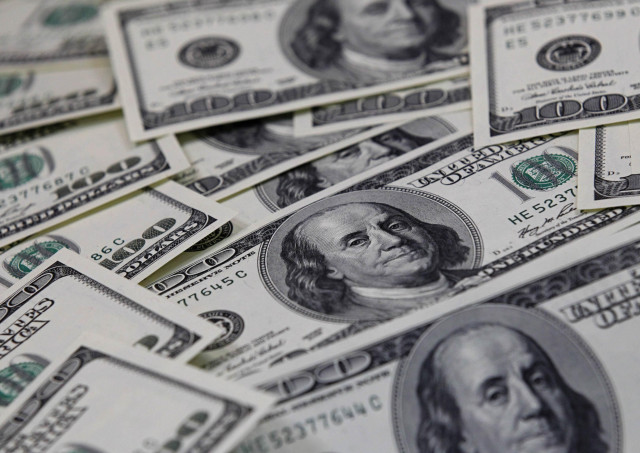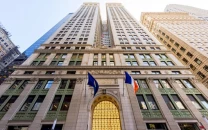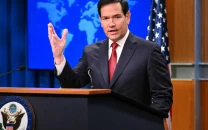Reserves at new peak, does it matter?
Around $7 billion of record $18 billion reserves is IMF loan.

Forex reserves have once again peaked and settled over a healthy $18 billion primarily on the back of over $400 million multilateral loans from the World Bank and the Asian Development Bank.
This high growth in reserves can be attributed to the International Monetary Fund’s standby loan facility of $11 billion provided to the country back in fiscal 2009 followed by five tranches cumulating to slightly over $7 billion, according to an InvestCap research note.
Excluding the IMF’s money, the core reserve levels of the country stands at around $11 billion, not even catching up with the core reserve levels, which were last seen in fiscal 2005 at $12.6 billion.
The forex reserves of the country grew seven per cent yearly since fiscal 2006 but this surged to 18% in the last three years.
Improving forex reserves level not only plays a supporting role when the local currency becomes prone to an unexpected fall amid more outflows with consistently high double-digit inflation, but also satisfies rising import demand when prices of the essential commodities, mainly oil and food, are headed northwards, the note adds.
The outgoing year trend
Pakistan’s forex reserves rose nine per cent to $17.5 billion in fiscal 2011 amid massive rise in country’s exports due to record cotton prices and all-time high remittances of over $11 billion.
Resultantly, the rupee depreciated against the dollar by just 0.5 per cent during fiscal 2011 against the average depreciation of seven per cent in the last five fiscal years.
As a result, the current account of the country turned into surplus after a span of seven years of consistently being in the deficit.
Will this affect the next monetary policy?
As far as the monetary policy decision of the State Bank of Pakistan is concerned, it depends on a number of factors including government borrowing and inflation being the primary ones, adds the note.
Government borrowing from the central bank stood at a relatively manageable level of Rs167 billion above the defined ceiling of Rs1.2 trillion, while inflation stood at 13.9 per cent in FY11. This calls for a favourable monetary policy in the second quarter of fiscal 2012 onwards keeping current scenario in perspective.
Published in The Express Tribune, July 9th, 2011.


















COMMENTS
Comments are moderated and generally will be posted if they are on-topic and not abusive.
For more information, please see our Comments FAQ